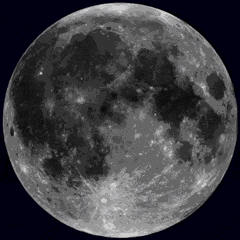<p >The Korean People’s Army Air Force has updated air defence training for its MD500 lightweight attack helicopter&nbsp;crews, simulating drone attacks which the rotary wing aircraft were tasked with shooting down. New exercises focused on neutralising low-flying slow-moving drones using&nbsp; small arms installed inside the helicopters’ cockpits. These classes of drones have widely been use for reconnaissance and precision strike missions in the Russian-Ukrainian War, where North Korean forces are <a href="https://militarywatchmagazine.com/article/russia-details-nkorea-role-repelling-kursk" target="_blank">actively deployed</a> to support the Russian war effort. The exercise follows an unprecedented <a href="https://militarywatchmagazine.com/article/drone-propaganda-nkorea-air-defence" >deployment</a> of South Korean drones in October to drop propaganda leaflets&nbsp;deep inside North Korean airspace, which the foreign ministry in Pyongyang referred to as a &nbsp;“political and military provocation that could lead to armed conflict.”&nbsp;</p><p >Although North Korea’s air defence network is among the densest in the world, and has been modernised with <a href="https://militarywatchmagazine.com/article/north-korea-test-firing-s400-similar-air-defence" target="_blank">advanced equipment</a> such as the Pyongae-6 long range surface-to-air missile system, small low speed drones have posed new challenges as seen on both sides of the Russian-Ukrainian conflict.&nbsp;The low cost of these kinds of drones has made shootdowns with surface-to-air missiles far from cost effective, while their low radar cross sections have also posed difficulties, making shootdowns by gun from the air favourable in many cases. The Korean People’s Army&nbsp;is expected to field new ground-based systems with advanced anti-drone capabilities, with the use of attack helicopters potentially being a stopgap measure until these are developed.&nbsp;North Korea’s attack helicopter fleet notably suffers from significant limitations compared to the advanced capabilities of the country’s ground forces, with speculation having grown that the country could soon procure advanced Russian attack helicopters such as the Mi-28 to modernise its fleet.</p><p ></p><p ></p>
